The Sustainable Development Goals or Global Goals are a collection of 17 interlinked goals designed to be a “blueprint to achieve a better and more sustainable future for all
Rocketeer Labs was tasked with developing the Sustainable Development Goals, national tracker for Sri Lanka to meticulously track the progress of the Sustainable Development Goals (SDGs) on a yearly basis.
The SDGs, adopted by the United Nations in 2015, comprise of 17 global goals aimed at ending poverty, protecting the planet, and ensuring peace and prosperity for all. These Global Goals, also referred to as the SDGs, consist of 17 goals and 169 targets, and are intended to be a blueprint for global development over the next 15 years
Research
System Development
Reporting modules
Maintenance and improvement
Technology support
Private sector and Government
Cabinet Ministries
State Ministries
Development Partners
Departments
Other Institutions
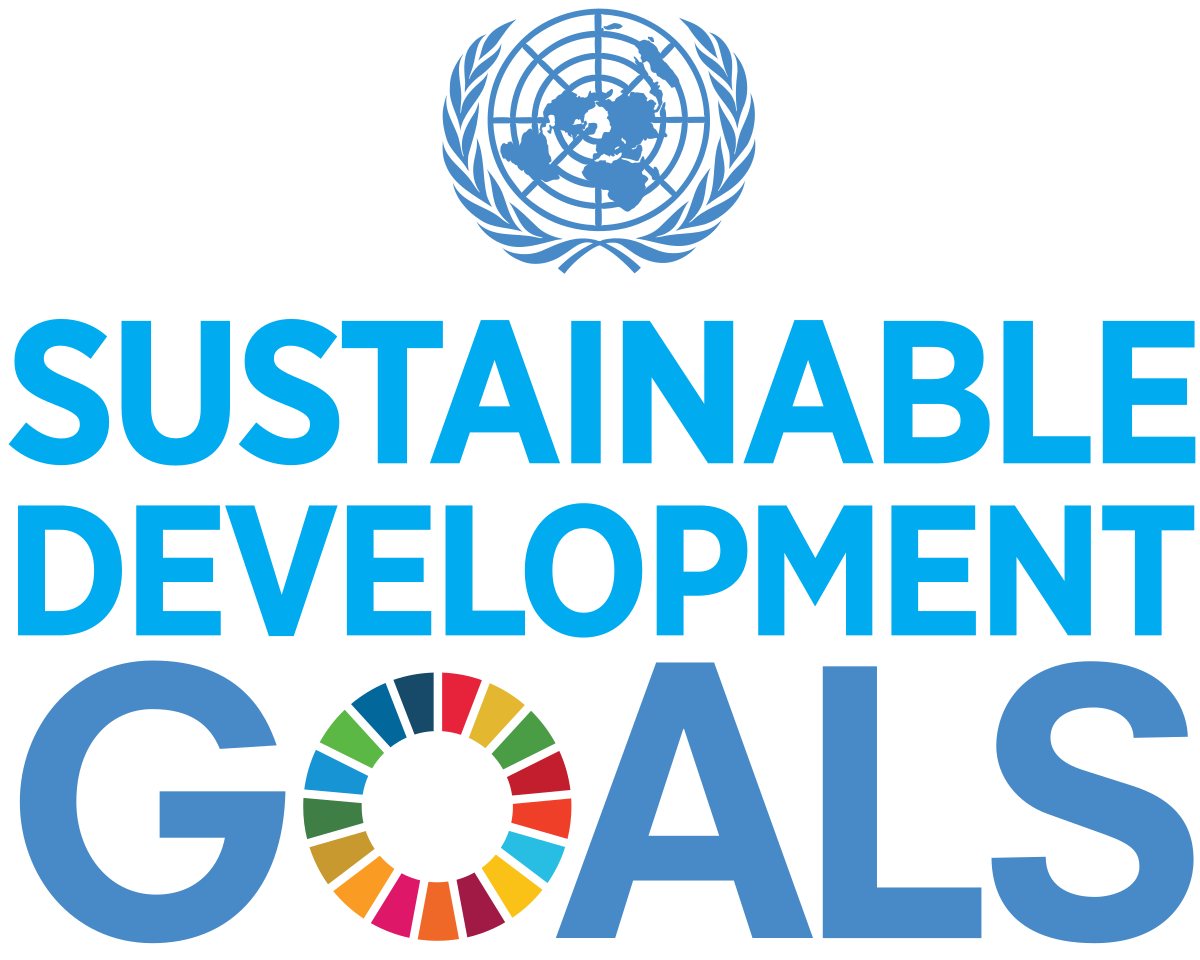
The SDGs are intended to be universal – they apply to all countries, and they are integrated – they recognize that economic, social, and environmental challenges are interconnected and must be addressed together. The SDGs are also ambitious, as they aim to go beyond what has been achieved so far, and transformative, as they require fundamental changes in the way that we live and do business.
Achieving the SDGs will require the efforts of governments, businesses, civil society organizations, and individuals. It will also require a commitment to partnerships and cooperation, as well as the use of data and technology to track progress and identify areas for improvement.
data.sdg.lk is the national Sustainable Development Goals (SDGs) data portal for Sri Lanka. The data portal provides access to data and information related to the SDGs in Sri Lanka, including data on progress towards the goals, targets, and indicators.
Based on the 17 SDGs, the portal provides access to data and information on each of the goals and their respective targets and indicators. Users can navigate to different pages for each of the goals and view data and information related to that goal.
The data portal is a resource for individuals and organizations interested in tracking progress towards the SDGs in Sri Lanka.
The information is used by researchers, policymakers, civil society organizations, and others to access data and information on the SDGs, and to use this data to inform their work and decision-making.
The SDG data portal provides tools and resources for users to analyze and visualize the data, such as charts, graphs, and maps. These tools are useful for users who want to understand and communicate the data in a more engaging and interactive way.
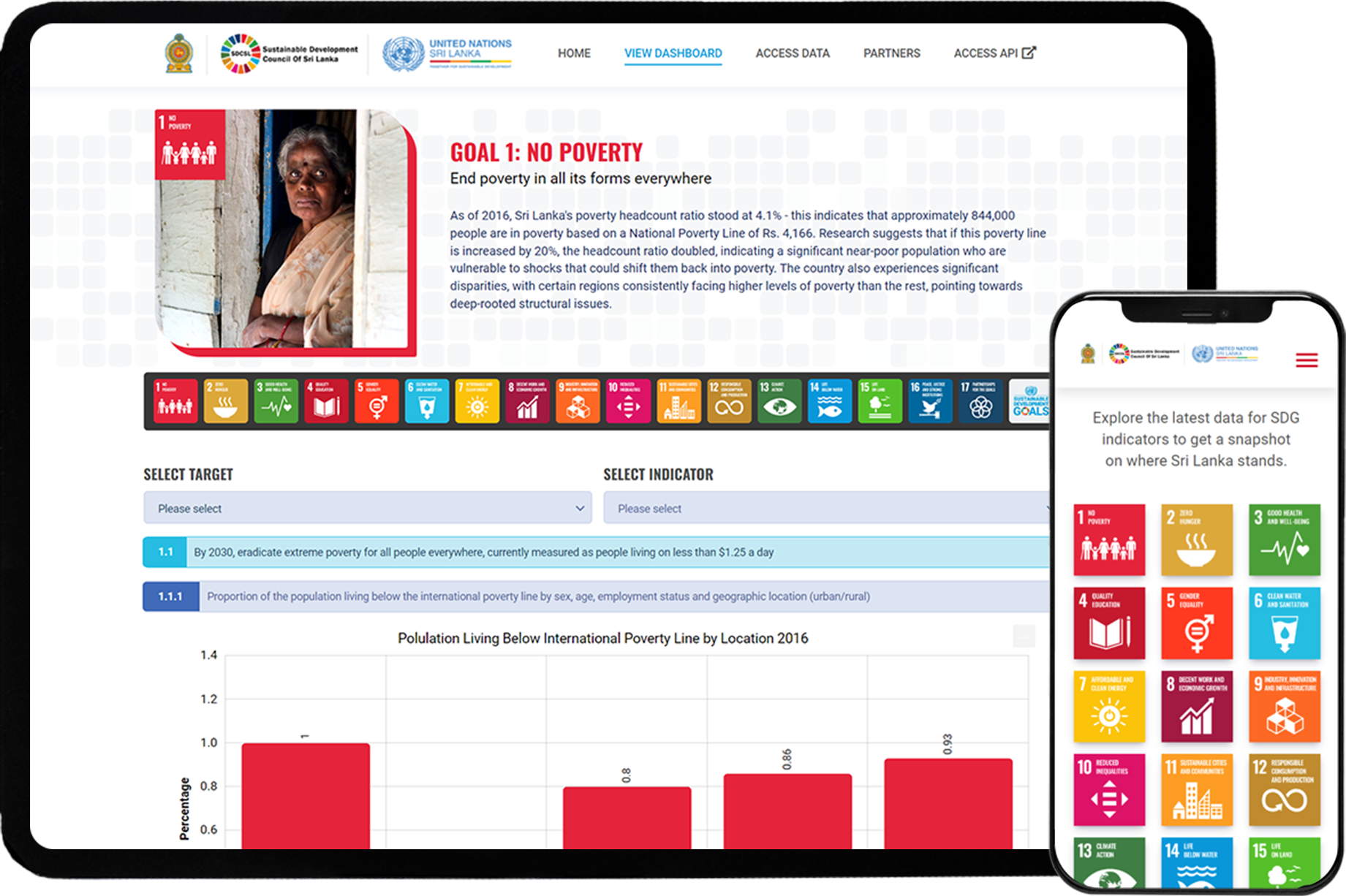
SDG goals in total
SDG targets tracked
Unique Indicators
Rocketeer Labs in guidance with UNDP in Sri Lanka and Citra Social Innovation Lab has developed a national Sustainable Development Goals (SDGs) tracker for a country. The tracker is designed to be a comprehensive and user-friendly tool for tracking progress and visualizing the data towards the SDGs at the national level.
One of the key features of the tracker is its unique database, which is designed to handle large queries and a large volume of information. The database is built using advanced technology and optimized for fast and efficient data processing, which allows it to handle large queries and handle large amounts of data without any delays or issues.
In addition to its powerful database, the tracker also has added security measures to ensure the safety and confidentiality of the data. The tracker uses secure servers and encryption to protect the data from unauthorized access, and has robust user authentication and access control systems in place to ensure that only authorized users can access the data.
Another key feature of the tracker is its API, which allows anyone to connect with the system and access the data.
The API enables developers to build applications and tools that can access and use the data from the tracker, which can help to facilitate the use of the data in a variety of contexts.
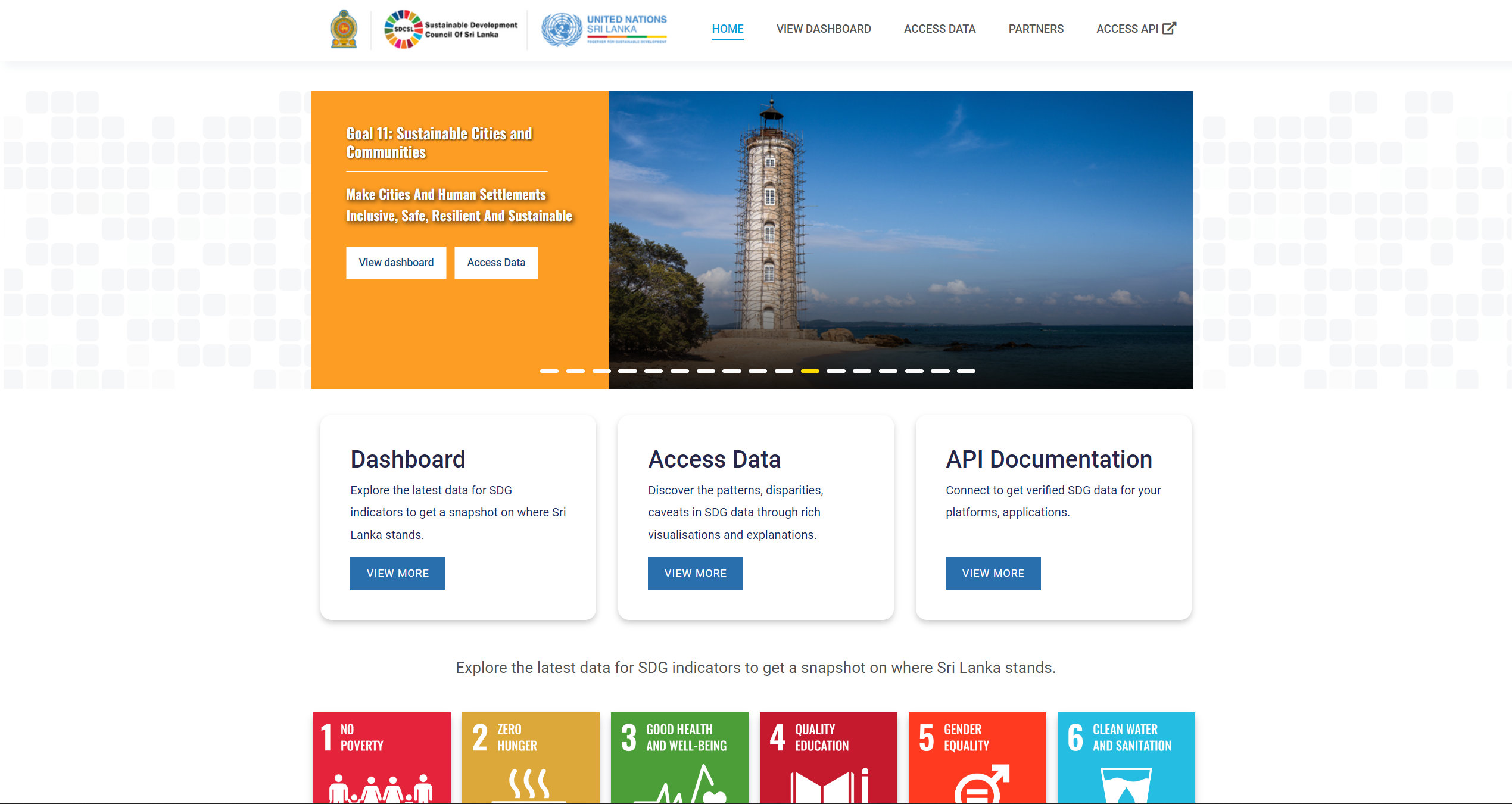
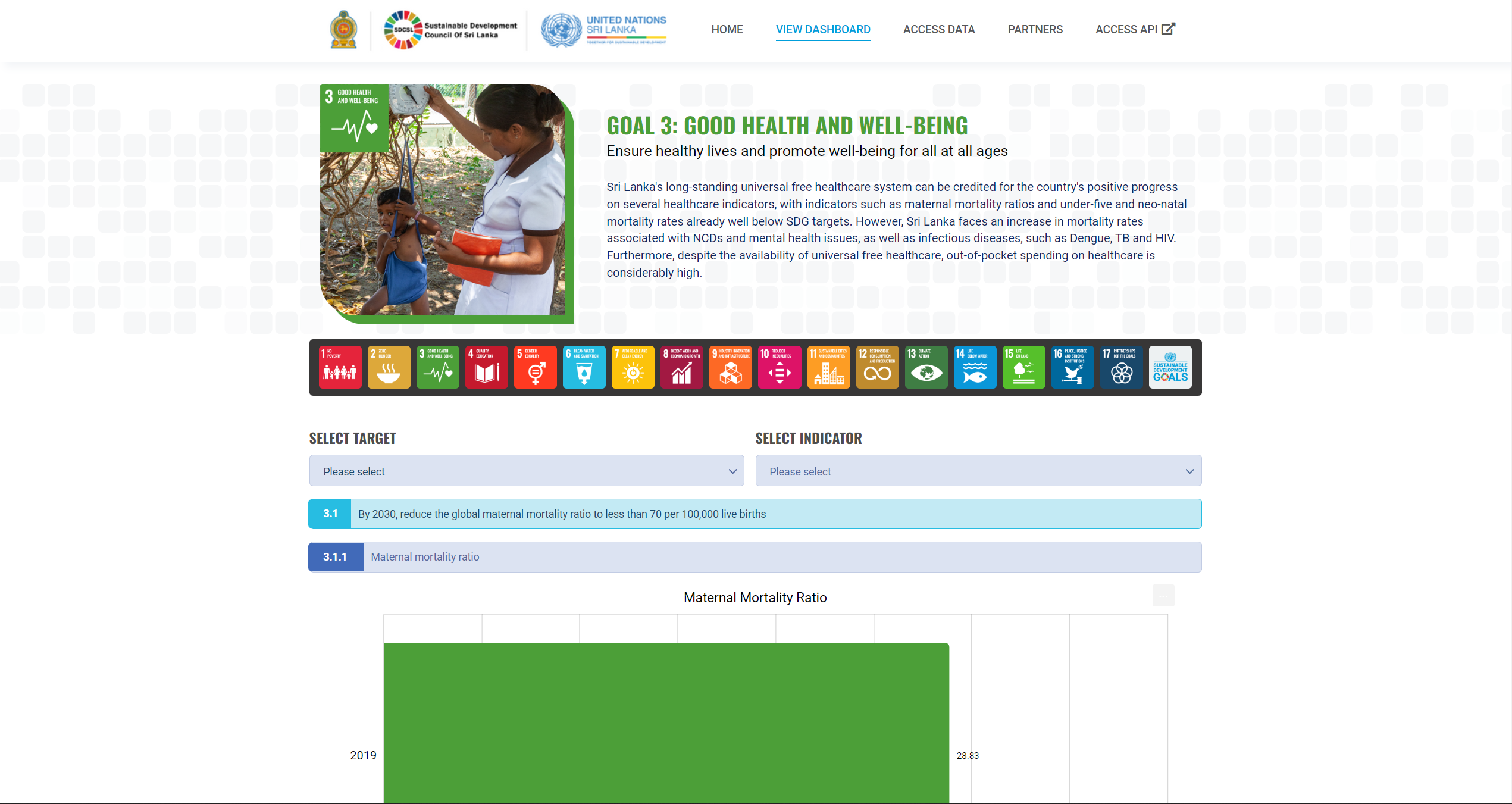
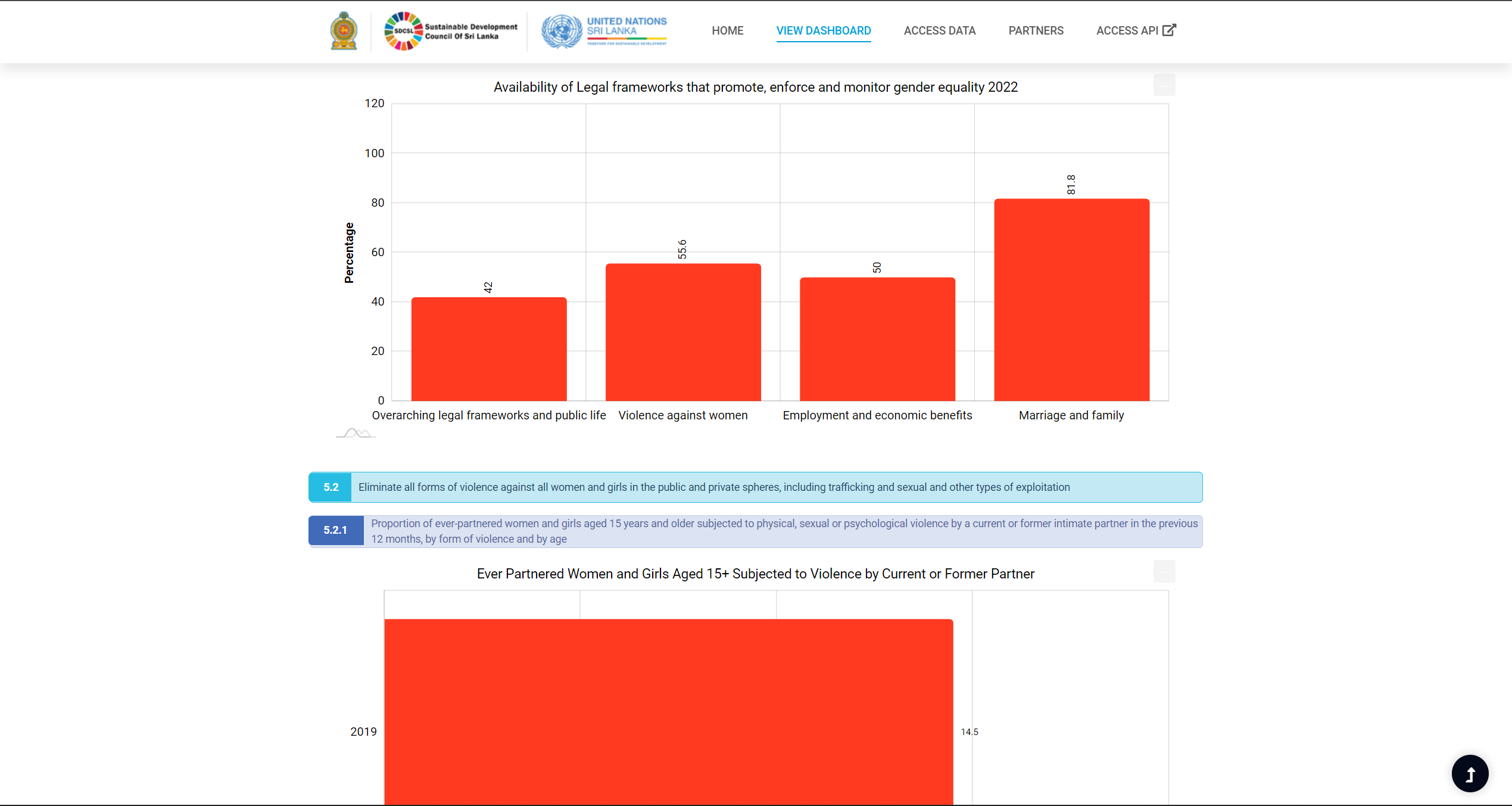
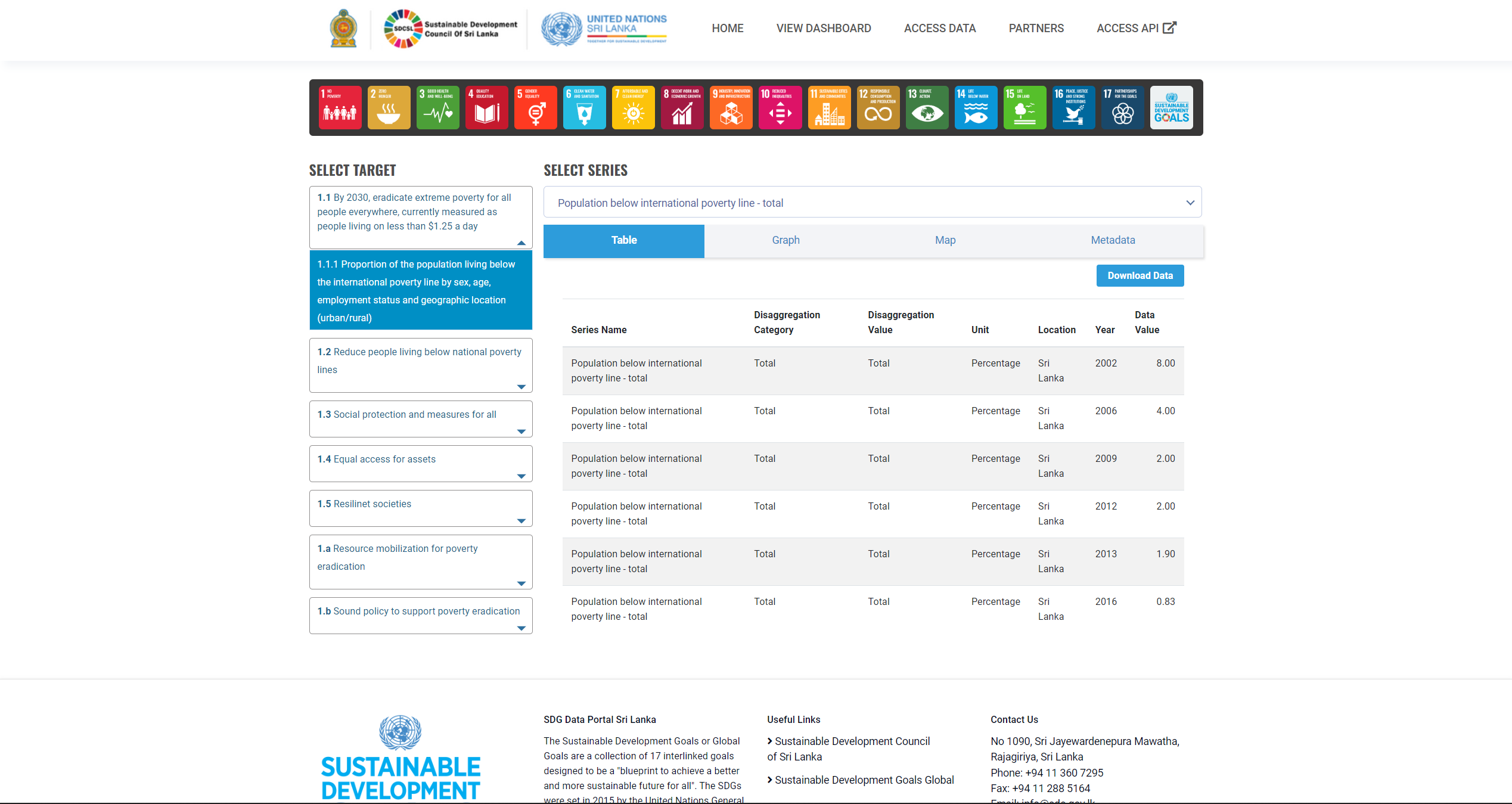
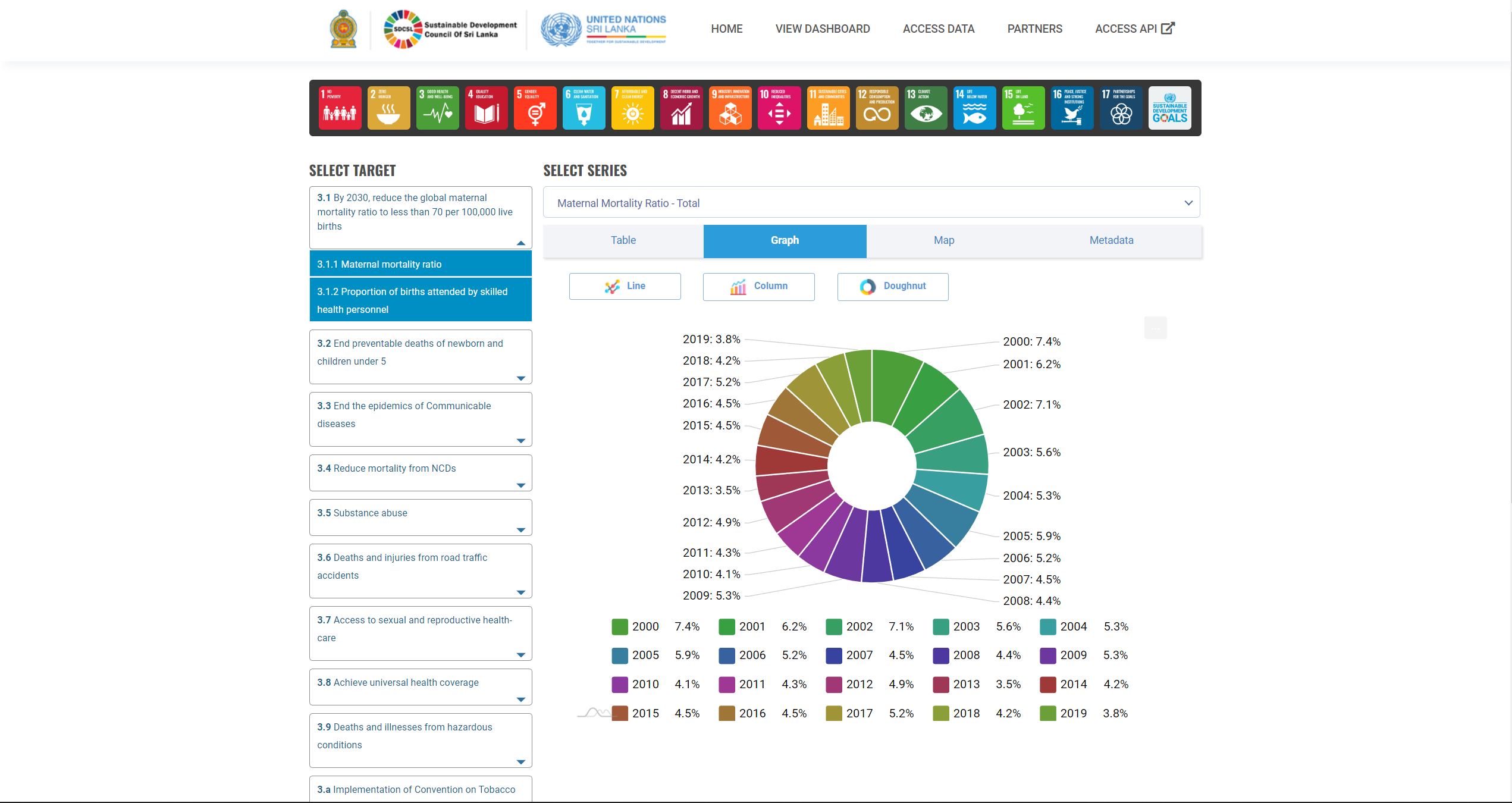
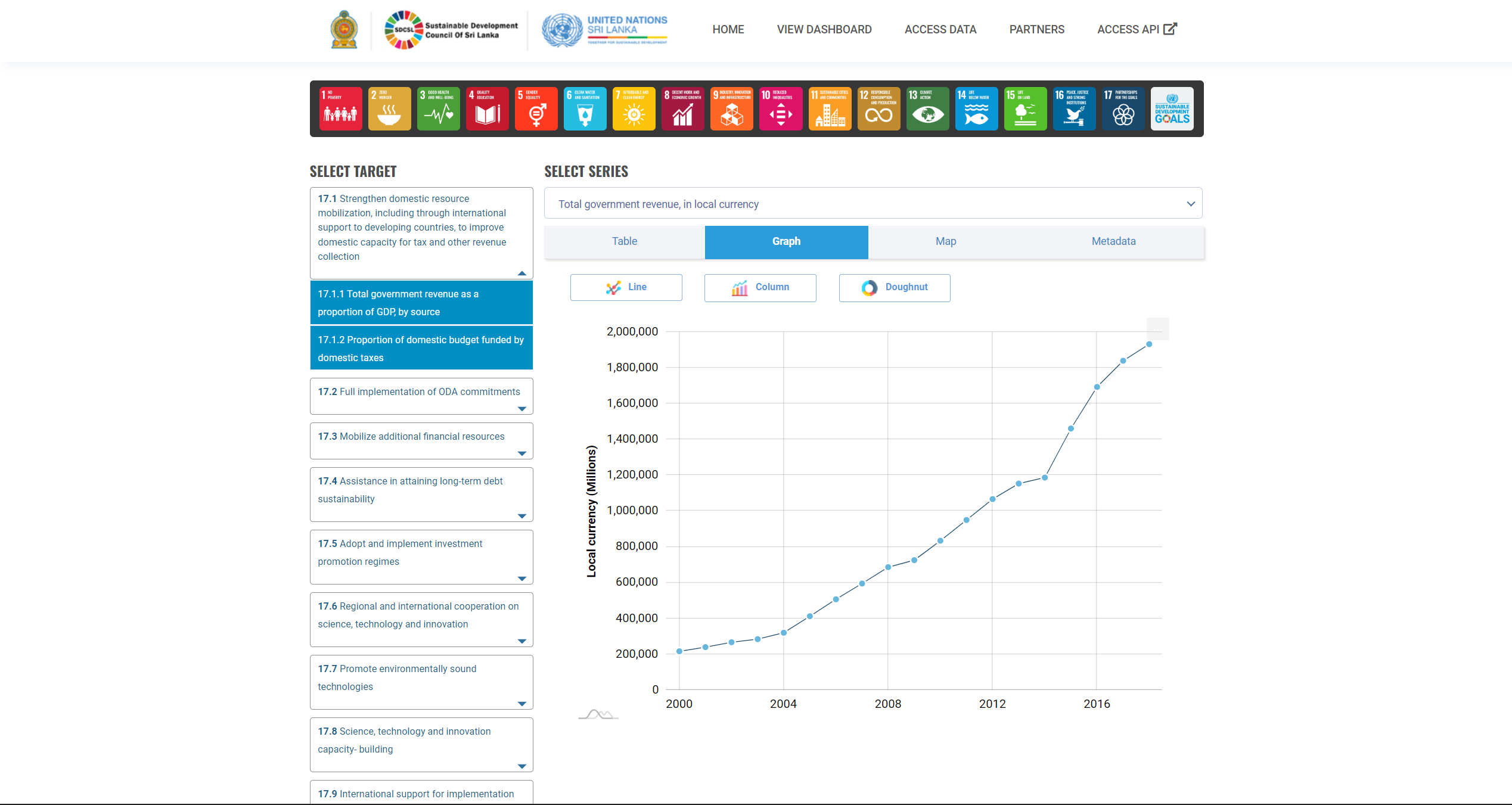
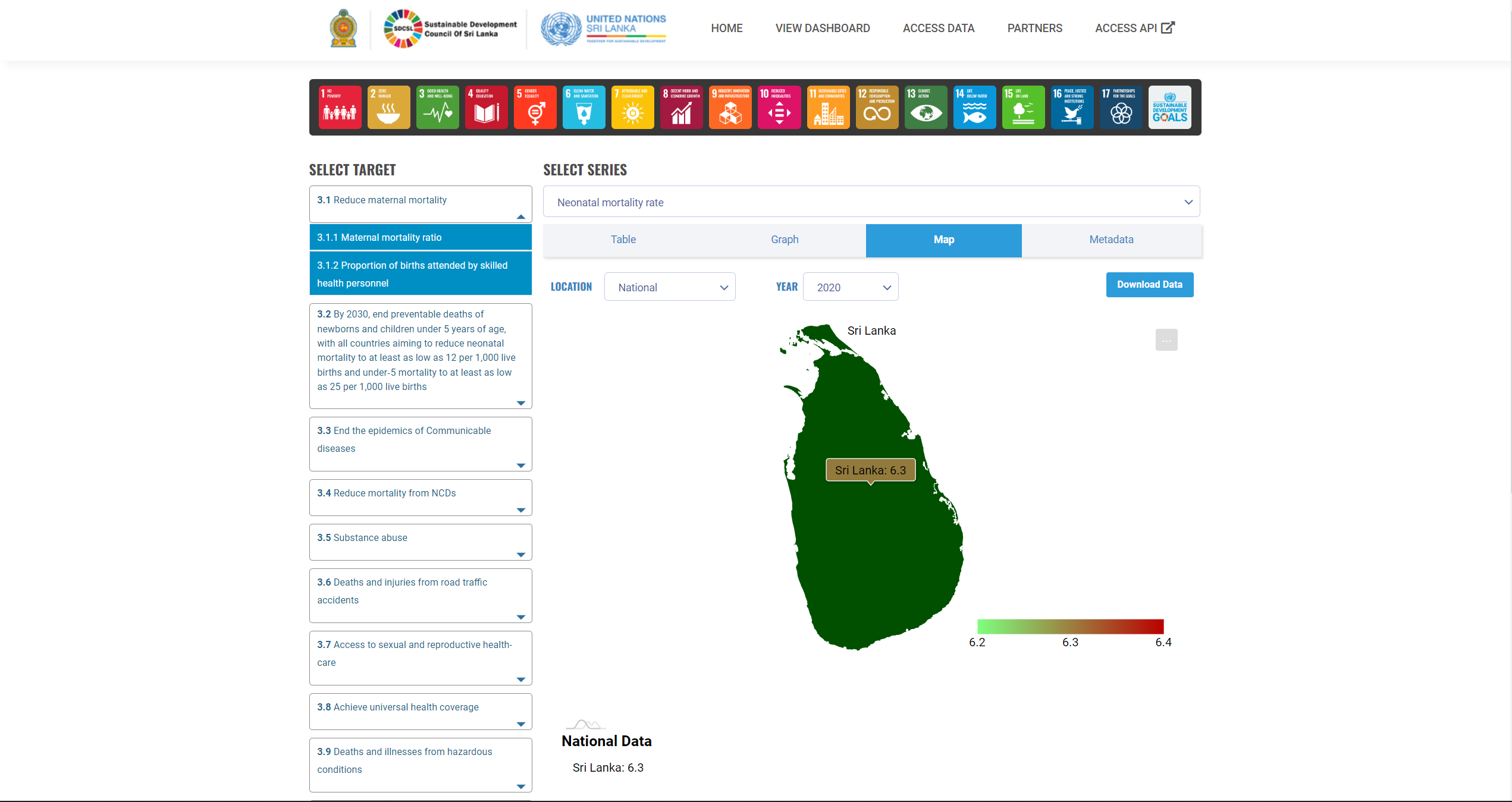
One of the key features of the tracker is its ability to present data in a visual way, using a variety of different types of graphs and charts.
The tracker uses a range of different types of graphs to present data, including bar charts, line graphs, scatter plots, and pie charts. These graphs are designed to make it easy for decision-makers to understand and interpret the data, and to identify trends and patterns over time.The graphs that are visually appealing and convey the data in a clear and concise way.
The graphs are downloadable in a variety of formats, including PNG, JPG, and SVG. This makes it easy for users to share the graphs and use them in presentations, reports, and other materials.
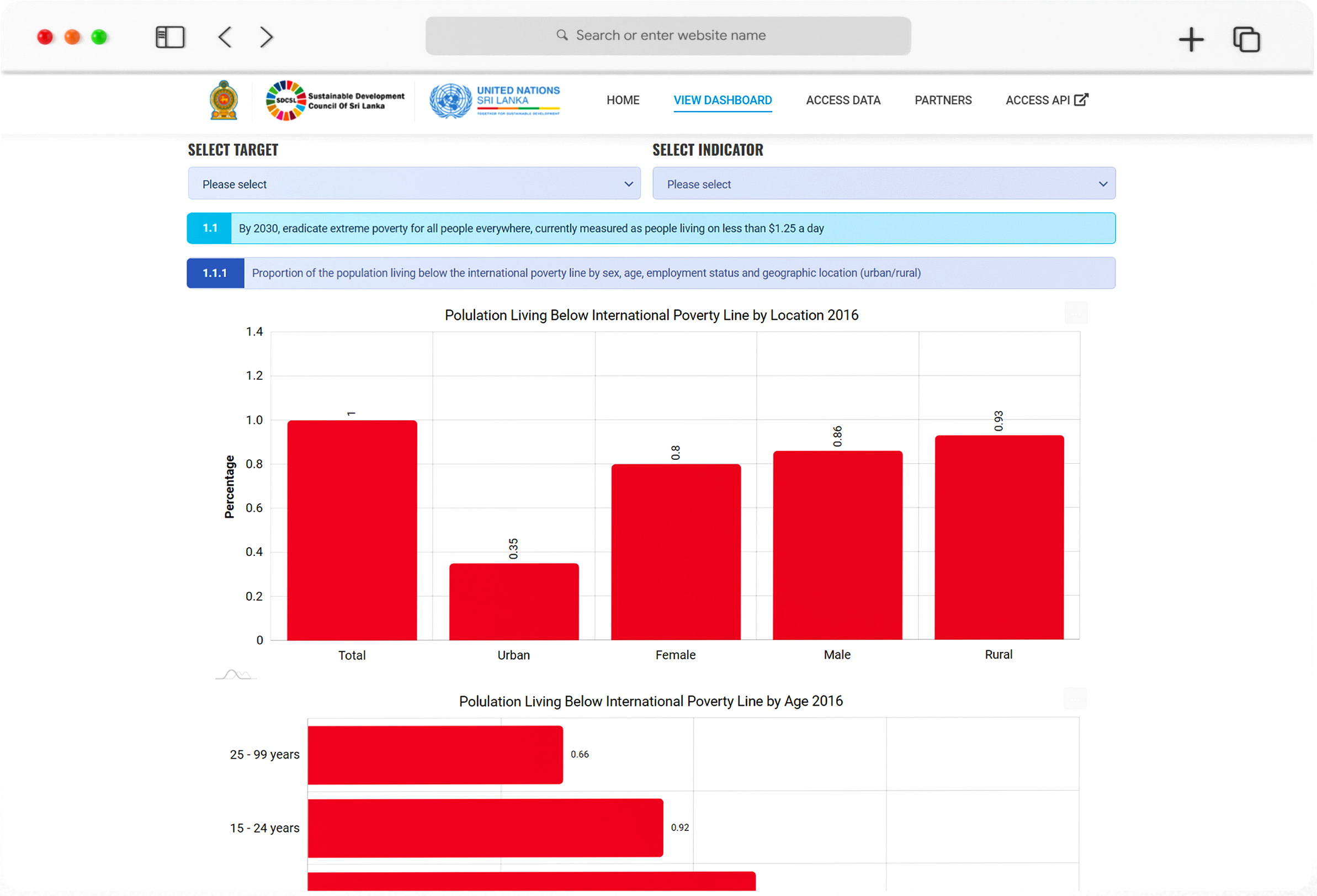
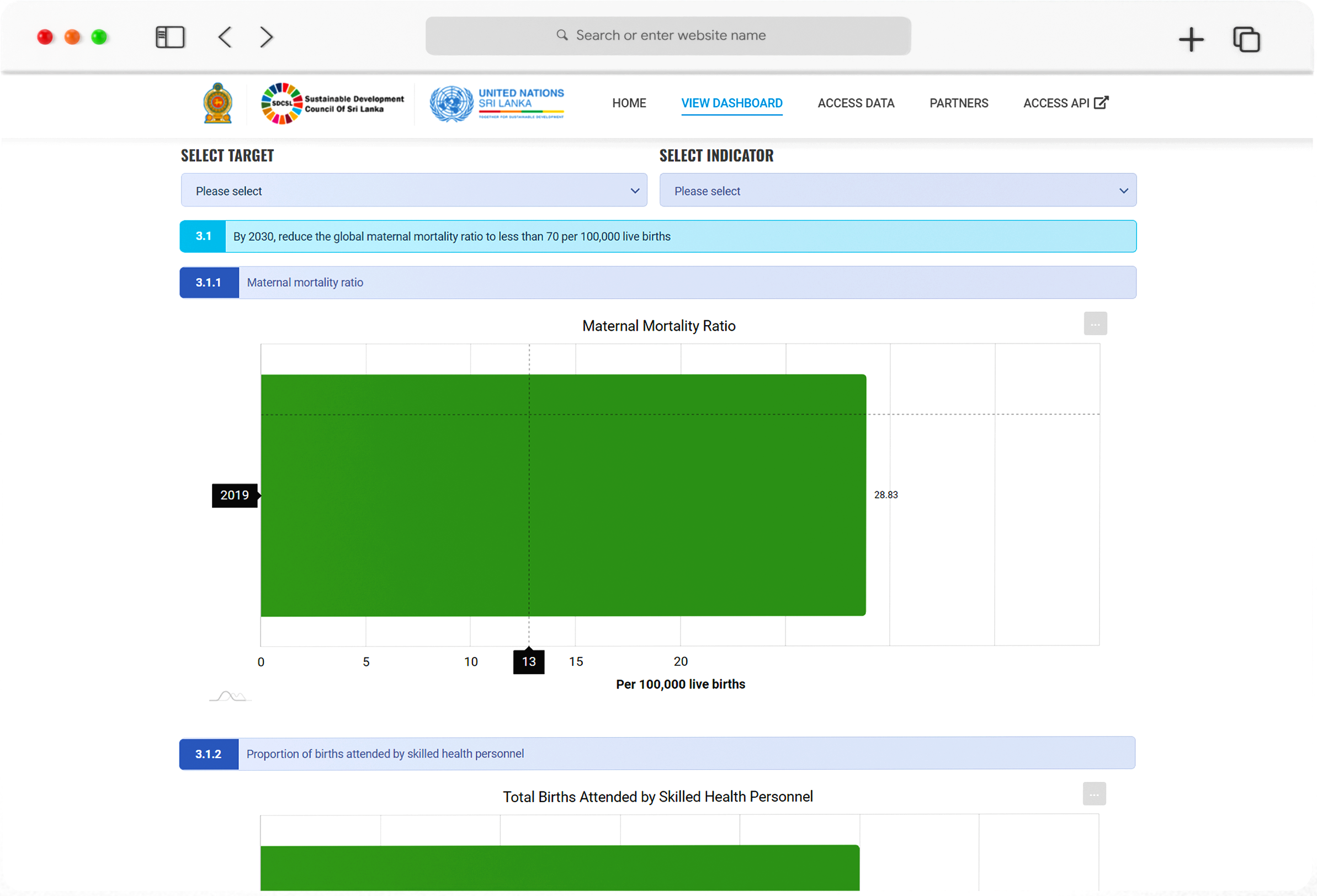
The developed Sri Lanka’s Sustainable Development Goals (SDGs) tracker is a powerful tool that has an advanced dashboard with a range of features designed to help decision-makers track progress towards the SDGs.

One of the key features of the dashboard is its ability to capture approved data from connected APIs in realtime. This allows the tracker to automatically pull vertified data from relevant government institutions, ensuring that the data is up to date and accurate.
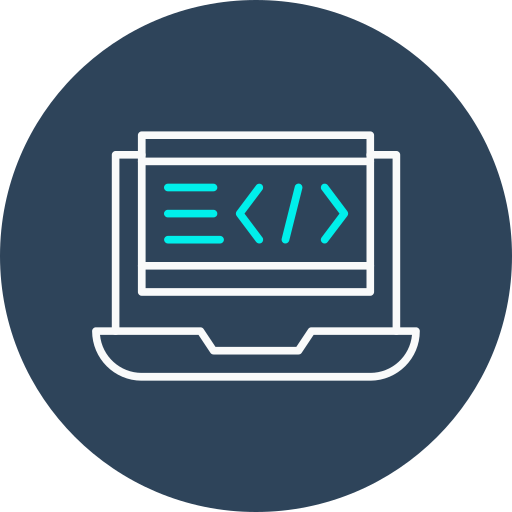
The metadata management section of the dashboard includes functions to control the baseline categories, custodian agency, and metadata indicators. This helps to ensure that the data is properly organized and labeled, making it easier for users to understand and interpret the data.

The chart types in the developed SDGs tracker are fully controllable based on the goal, allowing users to choose the most appropriate chart type for the data being displayed. Additionally, users can upload data manually in bulk via the templates provided, making it easy to add data to the tracker.

In the data management section of the dashboard, users can manage goals, targets, indicators, non-statistical indicators, series, series data, units, and locations. This allows users to easily organize and manage the data in the tracker.

The data mapping section of the dashboard allows users to control which data is pulled and where it is mapped in the current system. This helps to ensure that the data is properly organized and displayed in the tracker.
Tracking progress towards the Sustainable Development Goals (SDGs) is important for several reasons.
First, tracking progress helps to ensure that the SDGs are being achieved. The SDGs are ambitious global goals that aim to end poverty, protect the planet, and ensure peace and prosperity for all people. Achieving these goals will require significant efforts and resources, and tracking progress helps to identify areas where progress is being made and where additional efforts are needed.
Second, tracking progress helps to identify and address any challenges or obstacles that may be hindering progress towards the SDGs. By collecting and analyzing data on progress towards the SDGs, it is possible to identify areas where progress is lagging and to take corrective action to address these challenges.
Third, tracking progress helps to hold governments, businesses, and other stakeholders accountable for their actions. The SDGs are intended to be a universal and transformative framework for global development, and tracking progress helps to ensure that all stakeholders are meeting their commitments and taking the necessary actions to achieve the goals.
Finally, tracking progress helps to engage and mobilize people and organizations around the world in support of the SDGs. By highlighting progress and achievements, tracking progress helps to inspire and motivate people to get involved and take action to support the goals.
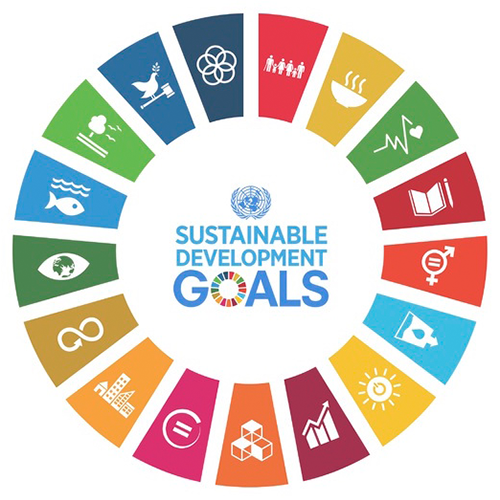
The Sustainable Development Goals (SDGs) are a set of global goals adopted by the United Nations in 2015 to end poverty, protect the planet, and ensure peace and prosperity for all people. Sri Lanka, like all other countries, is working towards achieving the SDGs.
According to the United Nations Development Programme (UNDP), Sri Lanka has made significant progress towards achieving several of the SDGs, including:

No Poverty Sri Lanka has made significant progress in reducing poverty, with the poverty rate declining from 15.3% in 2002 to 4.1% in 2016.

Good Health and Well-Being - Sri Lanka has made significant progress in improving health outcomes, with life expectancy increasing from 69 years in 2000 to 74 years in 2017.

Quality Education - Sri Lanka has a high literacy rate and a strong education system, with almost universal enrollment in primary education.

Gender Equality - Sri Lanka has made progress in advancing gender equality, with women holding almost 30% of parliamentary seats and women's participation in the labor force increasing

Decent Work and Economic Growth - Sri Lanka has a growing economy and a relatively high employment rate, with unemployment declining from 5.8% in 2010 to 4.3% in 2020.

Industry, Innovation and Infrastructure - Sri Lanka has made progress in developing its infrastructure and industry, with a strong manufacturing sector and increasing investments in transportation and telecommunications.

Sustainable Cities and Communities - Sri Lanka has made progress in developing sustainable cities and communities, with a focus on improving urban planning and transportation.

Zero Hunger - Despite progress in reducing poverty, food insecurity remains a challenge in Sri Lanka, particularly in rural areas.

Clean Water and Sanitation - Access to clean water and sanitation is a challenge in some parts of Sri Lanka, particularly in rural and informal settlements.

Climate Action - Sri Lanka is vulnerable to the impacts of climate change, including sea level rise, extreme weather events, and water shortages.

Life Below Water - Sri Lanka's coastal and marine ecosystems are facing challenges from overfishing, pollution, and coastal development.

Life on Land - Sri Lanka's forests, grasslands, and wetlands are facing challenges from deforestation, land degradation, and illegal logging.
In conclusion, Sri Lanka has made significant progress towards achieving several of the Sustainable Development Goals (SDGs), but still faces challenges in achieving others.
We don’t just design a website for you. We create websites and systems for your business that results in more sales and faster growth!

+94112936438